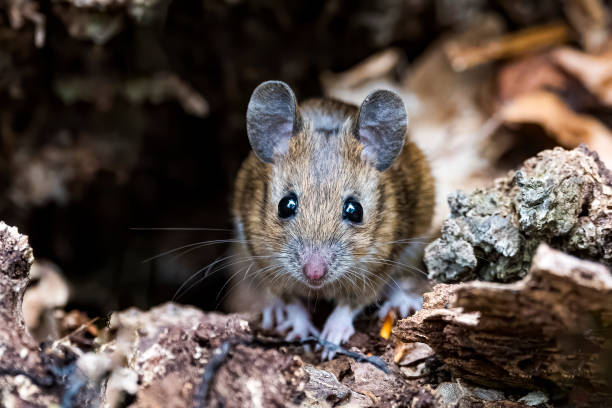Table of Contents
Scientific Classification
| Kingdom | Animalia |
| Phylum | Chordata |
| Class | Mammalia |
| Order | Rodentia |
| Family | Muridae |
| Genus | Apodemus |
| Species | Apodemus sylvaticus |
| Scientific Name | Apodemus sylvaticus |
Description
This little mouse is a true marvel of nature, sporting large, curious eyes and soft, brownish-grey fur with a charming white belly. Its big, round ears are perfect for picking up even the faintest sounds rustling in the grass. With a slender tail that often matches its body length, the field mouse is both adorable and surprisingly nimble.
Typically, these mice measure about 3 to 4 inches long, with tails that are just as long, and they weigh in at around 15 to 30 grams. While they may be small, they’re incredibly resilient, adaptable, and clever, easily maneuvering through complex environments.
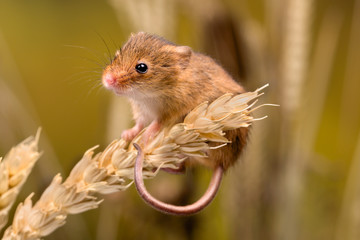
Distribution
The field mouse has quite an extensive range. You can mainly spot it across Europe and in certain parts of western Asia. These little critters are pretty much everywhere! They make their homes in the UK countryside, roam through Polish forests, and even find their way to Iran. They really thrive in temperate climates.
In North America, the term “field mouse” actually refers to a variety of species. Take the deer mouse (Peromyscus maniculatus), for instance. These mice play important roles in their ecosystems. Field mice can be found in numerous countries, and they’re great at adapting to different environments, whether it’s farmland, the outskirts of cities, or dense forests.
Habitat
Field mice truly live up to their name! You can spot them in fields, meadows, and all sorts of grassy areas. They love to explore gardens, hedgerows, and woodlands too. Occasionally, they even venture into human spaces like barns or sheds. Typically, their nests are tucked away close to food sources, providing them with plenty of hiding spots from predators.
These little critters prefer places with thick vegetation, fallen logs, or a cozy layer of leaf litter. Such spots give them the cover and safety they need. When winter rolls around, some of them seek out warmer places, sometimes finding shelter in houses and outbuildings. This can make them quite the unexpected guests for those living in rural areas!
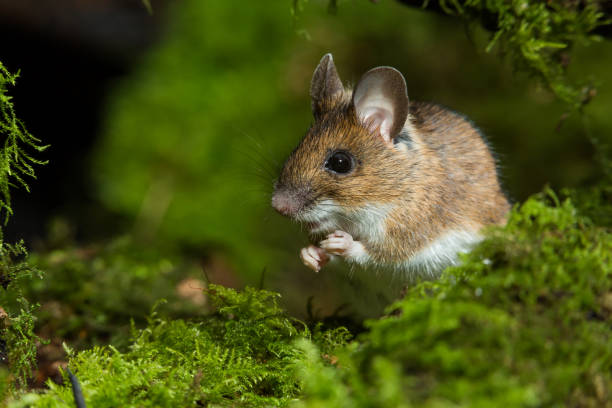
Diet
Field mice have quite the diverse palate! Being omnivores, they make the most of whatever food is in season. Their diet mainly consists of seeds, grains, berries, nuts, and roots. When the weather warms up, they get a little adventurous and add insects, worms, and larvae to their meals.
These little critters are clever foragers. They’ve got cheek pouches that help them carry food back to their nests or stash it away for later. You can really see this hoarding behavior kick in during autumn as they prepare for the harsh winter ahead.
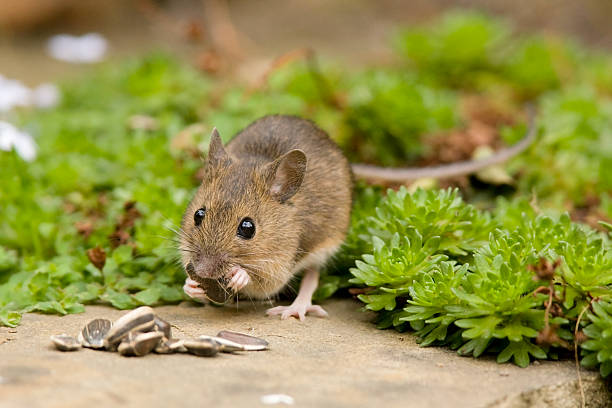
Behavior
Field mice are primarily active at night, venturing out to search for food and explore their surroundings. They’re quick and nimble, able to leap great distances and climb plants to find sustenance or escape from threats. Despite their small size, these little creatures are incredibly resourceful. They have a keen ability to detect subtle changes in their environment and adapt their behavior accordingly.
Typically solitary, field mice may come together in loose groups when food is abundant. Their social interactions are mostly limited to mating or caring for their young. One of their standout traits is their impressive memory and navigation skills; they can easily recall paths and landmarks within their territory.
Lifespan
In the wild, field mice typically have a lifespan of about 12 to 18 months. If they manage to steer clear of predators and harsh conditions, some can even live up to two years. However, in captivity, where they face fewer threats, their lifespan can stretch to three years or more.
The high mortality rates in the wild can be attributed to several factors. Predators, cold weather, food shortages, and diseases all contribute to their struggles. Thankfully, their quick reproductive cycle helps to offset these significant losses.
Reproduction and Lifecycle
The reproductive abilities of field mice are quite remarkable. A female can have several litters throughout the year, typically giving birth to anywhere from 4 to 8 pups in each litter. After a pregnancy lasting about 21 to 24 days, she brings her little ones into a carefully crafted nest.
The pups arrive blind and without fur, but they grow up fast. Within just two weeks, their eyes open, and they start to explore their surroundings. By the time they hit three to four weeks old, they’re weaned and ready to venture out on their own. They reach sexual maturity around 6 to 8 weeks, and the cycle begins anew.
Field mice have a knack for reproducing quickly, which helps maintain their populations despite the many predators they face.
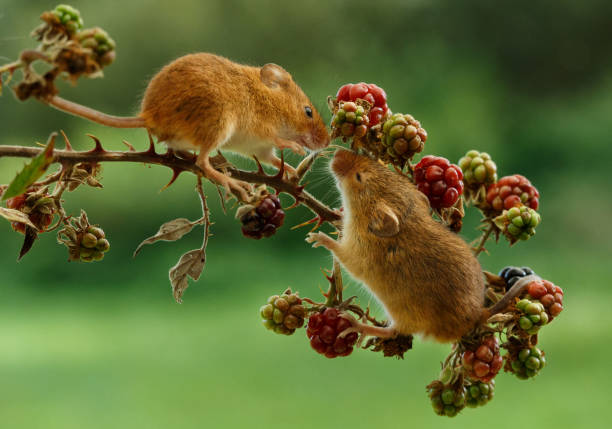
Predators
Field mice sit low on the food chain, so many predators often target them. Common threats include:
- Owls (especially barn owls)
- Foxes
- Weasels and stoats
- Domestic cats
- Snakes
- Birds of prey like hawks and kestrels
Even larger insects and amphibians may occasionally prey on young or weakened mice. Their best defense is evasion. Field mice are quick and hard to catch. They often hide during the day.
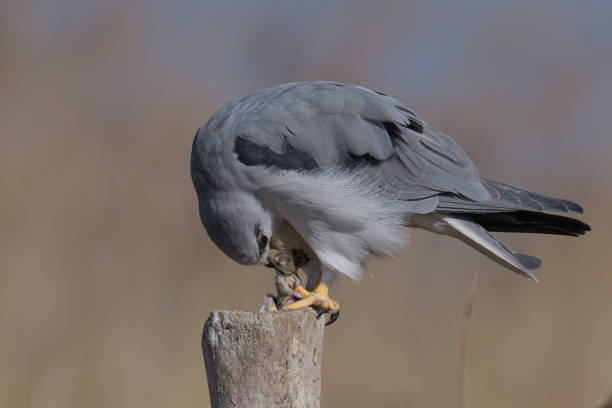
Nest
Field mice are quite the architects, crafting elaborate nests from leaves, grass, moss, and other natural goodies. You’ll often find these cozy homes hidden away under hedges, tree roots, or nestled inside burrows. When winter rolls around, they really amp up the warmth and thickness of their nests to fend off the chill.
In more populated areas, folks might get creative, using insulation, paper, or even fabrics scavenged from sheds or garages. These nests aren’t just for show; they provide a safe haven for sleeping, raising little ones, and stashing away food.
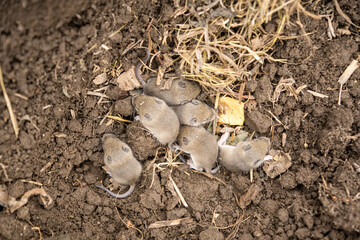
Adaptations
- To thrive in a variety of environments, the field mouse has developed some impressive adaptations:
- Keen Hearing and Smell: These senses are crucial for locating food and spotting predators, especially during the night.
- Excellent Climbing Skills: Their agility enables them to navigate plants, trees, and other structures with ease.
- Blending Fur: Their brown-gray fur helps them camouflage perfectly with their natural surroundings.
- Cheek Pouches: These handy pouches make it easy for them to gather and store food.
- High Reproductive Rate: This trait helps keep their population stable, even in the face of high mortality rates.
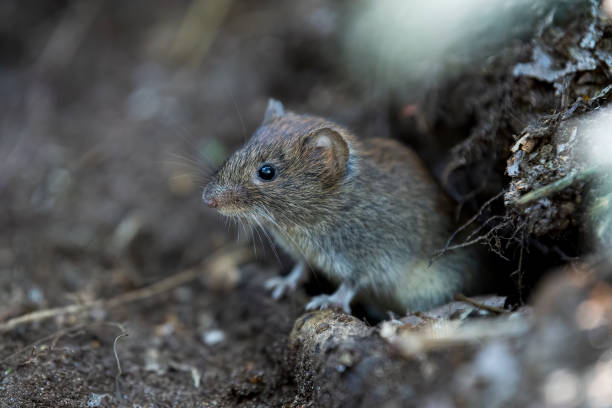
Mating Season
When it comes to field mice, the mating season kicks off in early spring and stretches all the way into autumn. In temperate regions, the busiest time for reproduction is from March to October. However, in warmer climates, these little critters can breed throughout the entire year.
During this time, male field mice become quite the adventurers, venturing out further in search of females. Their courtship rituals are pretty fascinating, involving scent marking, playful chasing, and a variety of vocal sounds.
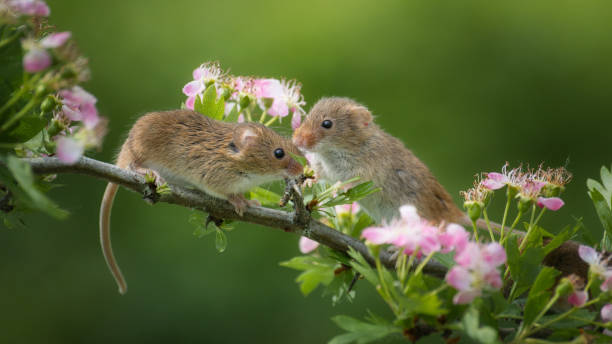
Breeding
Once mating occurs, females retreat to their nests to give birth. She keeps the nesting site warm and safe. She stays with her young, nursing and grooming them until they can take care of themselves.
Males usually don’t help raise the young. However, the female’s dedication helps most of the litter grow up. A single female can have 5–6 litters a year in perfect conditions. This can cause rapid population growth if not controlled.
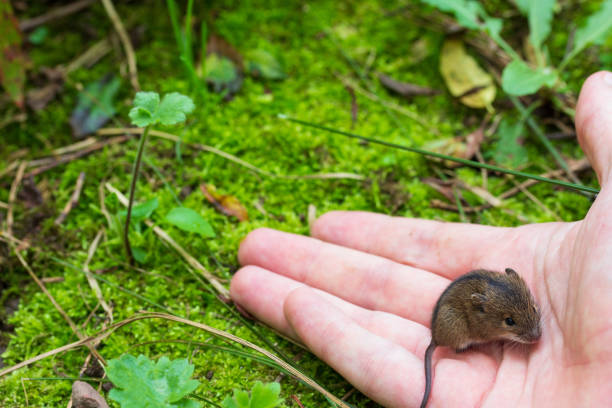
Interesting Facts
- Did you know that field mice have an incredible sense of direction? They’re like little navigators, creating mental maps and using landmarks to find their way around.
- Even though field mice prefer to be alone, they still have their own way of chatting. They communicate through ultrasonic sounds, which are so high-pitched that we can’t hear them without special gear.
- One interesting thing about them is that their teeth never stop growing! They need to gnaw constantly to keep those chompers in check.
- Field mice also play a crucial role in the ecosystem. They help by spreading seeds and keeping insect populations under control.
- And here’s a fun fact: field mice are often used in research because they breed quickly and exhibit some pretty unique behaviors.
Conservation Status
Field mice aren’t on the endangered list. In fact, the Apodemus sylvaticus is classified as Least Concern by the IUCN, thanks to its robust population and widespread presence. Still, there are some localized threats to keep an eye on:
Habitat Loss: Urban development and intensive farming can break up or diminish their living spaces.
Pesticides, which are commonly used in agriculture, can directly harm field mice. They also tend to deplete the food sources that these little creatures rely on.
Climate Change: Changes in weather patterns might disrupt breeding seasons or affect food availability.
Fortunately, field mice are quite adaptable, allowing them to flourish in a variety of environments. In many areas, they’re even seen as pests because of their knack for invading homes or wreaking havoc on crops.
Conclusion
Quick, clever, and endlessly curious, these little creatures light up the fields and forests. The field mouse plays a crucial role in maintaining nature’s balance. It scurries beneath leaves and zips through the grass, leaving a tiny pawprint with every step.


